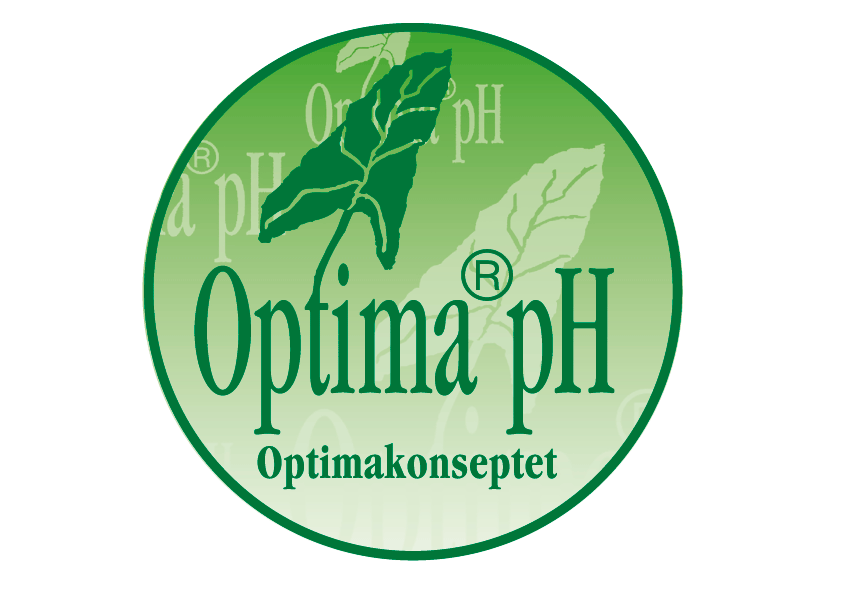Surgical Wounds
Surgical wounds are a specific category of acute wounds. When complications arise, surgical wounds may become hard to manage chronic wounds. WoundsAfrica focuses primarily on the other types of wounds, but we will adress som aspects of surgical wounds here.
The International Surgical Wound Complications Advisory Panel (ISWCAP) has recently published global guidelines on the prevention of surgical wound complications. This publication appears in the Journal of Wound Care and is sponsored by Essity and Mölnlycke. For those of you working in surgical specialties, we recommend reading the document. It is not overly extensive and is written in an accessible language.
By clicking on the image below you will find a link to the pdf of the document.However, recognizing that many of you may not have time to read the entire document, we have summarized the key points below:

Image 1 The International Surgical Wound Complications Advisory Panel (ISWCAP) has recently published global guidelines on the prevention of surgical wound complications. Click on the image above to read this document (pdf file)
Key Findings
-
Categories of Surgical Wound Complications
The working group identified the following as potential complications after surgical procedures:-
Hypergranulation
-
Skin damage related to adhesives
-
Maceration (moisture-related skin damage)
-
Abnormal scar tissue formation
-
Surgical site infections
-
Wound dehiscence (wound reopening)
-
-
Skin Antisepsis in the Operating Room
-
The use of chlorhexidine or povidone-iodine for skin antisepsis is strongly recommended (high evidence).
-
-
Choice of Postoperative Dressing
-
There is no definitive evidence that any specific type of postoperative dressing significantly reduces the incidence of complications compared to others.
-
Dressings containing DACC (dialkylcarbamoyl chloride), such as Sorbact, have demonstrated significantly lower postoperative infection rates after cesarean sections and vascular surgeries.
-
Silver-containing dressings have not shown significant advantages in reducing postoperative complications.
-
Topical antibiotics are not recommended.
-
Negative pressure wound therapy (iNPWT) has shown a significant reduction in wound complications following certain types of surgical procedures. However, the consensus group calls for further studies before drawing definitive conclusions.
-
Postoperative dressings should ideally remain in place for 7 days and can be kept on for up to 14 days if wound exudate is minimal.
-
























